6.2 /10 1 Votes
Producer(s) Noriyuki Shimoda Cabinet Upright Initial release date 9 September 2009 | 3.1/5 Amazon Composer(s) Fumio Ito Arcade system Sega RingEdge Publishers Sega, SEGA Interactive | |||||||||||||||||||||||||||||||||
 | ||||||||||||||||||||||||||||||||||
Release date(s) JP: September 9, 2009HK: January 25, 2010TWN: April 1, 2010 Modes Single-player video game, Multiplayer video game Similar Sega games, Shooter games | ||||||||||||||||||||||||||||||||||
Border break sega network robot wars ringedge 2009 segundo avance
Border Break: Sega Network Robot Wars (ボーダーブレイク, Bōdā Bureiku), is a third-person mecha action arcade game developed by Sega. It is the first title to run on Sega's RingEdge arcade system board and it was released on September 9, 2009. It was released in Hong Kong on January 25, 2010 and in Taiwan on April 1, 2010.
Contents
- Border break sega network robot wars ringedge 2009 segundo avance
- Border break sega network robot wars ringedge 2009 primer avance
- Gameplay
- Parts
- Classes
- Touch Panel
- Data features
- Versions
- Merchandise
- References
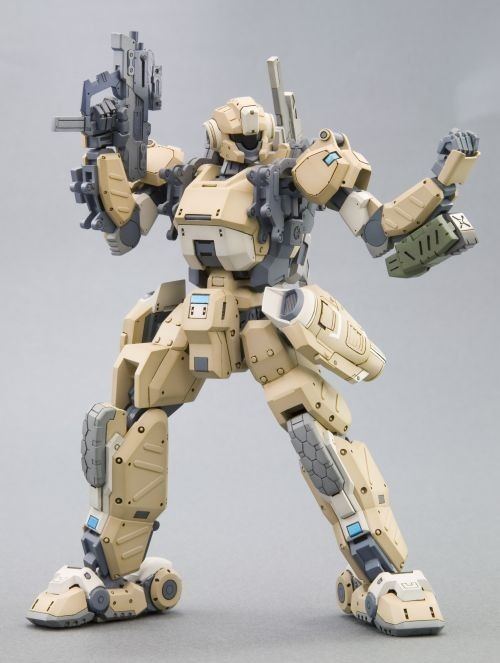
Within one month by the end of September 2009, at least 2,436 Border Break machines were sold to arcade operators, which increased to nearly 3,000 machines by the end of 2009. As of March 2012, the game has grossed ¥8.1 billion from arcade machine sales, equivalent to more than $100 million.
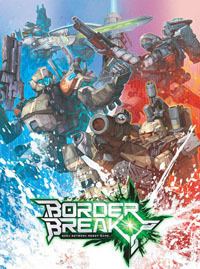
Border break sega network robot wars ringedge 2009 primer avance
Gameplay
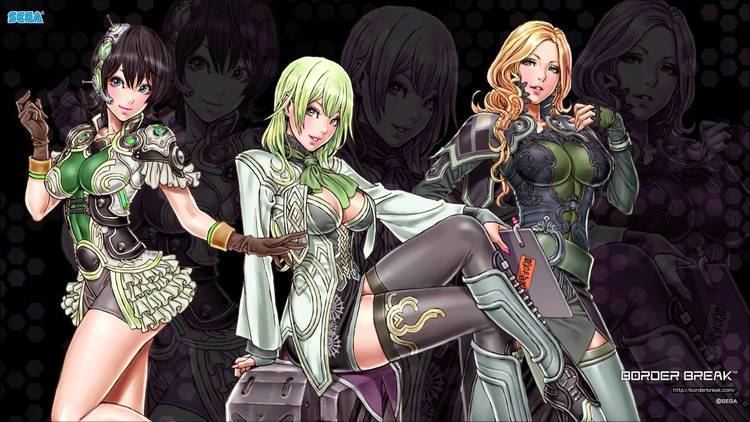
The game premise basically focuses on robot battle through network connectivity between arcade cabinets. Two teams of ten robots will battle it out across different landscapes, which include cities, towns, and facilities. In each map, each team's goal is to destroy the opposing team's energy reactor core in order to win the match. Both cores are marked in blue and red respectively. At the end of each match, Class Points will be given to the player to level up their current rank.
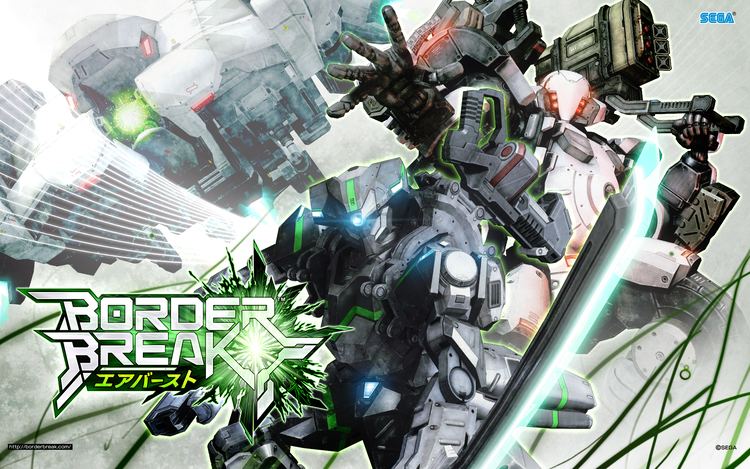
The class point also affects the rank of the player. Generally, players who have just started the game will start playing in a series of cooperative battles against a computer-controlled "bots" team. The player will start facing actual opponents once when he / she has attained the rank of D4.
Parts
In Border Break, the robots, which are known as Blast Runners. Blast Runners are divided into four parts.
Each part determine different performance of Blast Runners:
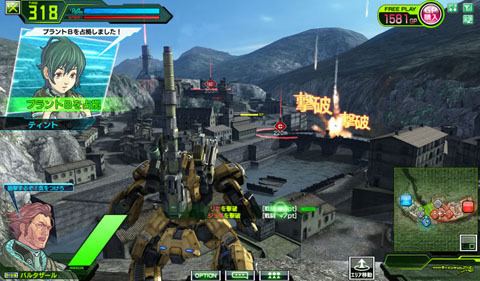

If all four parts of a Blast Runner belongs to the same series(different types are OK), The Blast Runner will receive series bonus.
Classes
There are four different classes of battle robots to choose:
Touch Panel
Communication between players of the same team uses the touch-screen capability in Border Break. Players can press the onscreen commands and responses to inform the team of their next move. They can send the entire team to attack an enemy together, defend themselves from a designated spot, call for reinforcements, scout the area ahead. Responses come with affirmation and NG (not able to follow the command).
Another ability to interact with a friendly Blast Runner once it is on screen. Players can say a word of thanks for help that the other Blast Runner may have done, apology for some mistake or error, or call for that Blast Runner to join them in action together. When players touch an enemy Blast Runner or landmark on screen, they can inform their own team of their discovery, or point it out for the team to attack. Players will be able to call out to any friendly Support Blast Runner nearby by touching their own Blast Runners and choosing the option to be repaired.
In addition, Heavy players can spot a place after howitzer deployed, by press a point in enlarged map within a specific range to commence artillery strike to there.
Data features
Border Break employs a data card available for players to purchase in some arcades, similar to the one used in Ghost Squad. This card is optional and is only meant for extended play and features. At the end of each match, regardless of winning or losing, players will be rewarded with mystery boxes with randomized items. Depending on how many boxes they can open, they can choose any of them on screen to be opened and the item inside will be added to their inventory. The items or ingredients as they are called, can be used to purchase better and stronger weapons or newer body parts for their Blast Runners. Blast Runners can be customized with better body parts and colored in different schemes, providing a unique feel for the player.
Arcade credits can be used to purchase Game Points (GP) in a data card. One credit allows the purchase of 260-300 GP, while two and five credits can purchase more GP with an added incentive: a small amount of free bonus GP. However, it is at the arcade's discretion to give the bonus GP credits. The more GP a player buys, the more time to play in a match. For example, 1200 GP can buy a player 1200 seconds (20 minutes) of game time. GP also can be used to purchase weapons and body parts, or customize the features of their pilot character, and the emblem and color of their Blast Runners.
If player reach certain achievements, respective medals are awarded. Some weapon or body parts may be required certain amount of medals specified to purchase. Some Blast Runners paints can be unlocked by collect specific sets of medals. In rank promotion mission, players are required to collect specified medals within period of time to complete it (for B5 or up).
Versions
New versions added new modes, content UI changes and balance adjustments
Merchandise
Kotobukiya released a series of model kits featuring the mecha from the game itself. The nine were the Cougar I, released in January 2010, the Heavy Guard II, released in March 2010, the Shrike I, released in May 2010, the Cougar I(A class color) with heavy armament, released in June 2010, the Shrike I with assault armament, released in July 2010, the Zebra 41, released in September 2010, the Cougar S (S class color), released in November 2010, the Saber II, released in January 2011, and the Shrike V, released in March 2011.
A CD soundtrack was released on 11/26/09 in Japan. The majority of music from Border Break is a fusion between electronica and rock. A CD single by the Japanese pop artist, Mechanical Panda, was released separately and contains the opening theme song, Last Brave~Go To Zero, used for the game.
A second CD soundtrack titled, "Border Break Airburst", was released on 12/22/10. The music contained on this release is from the 2.0 upgraded version of the game.
A third soundtrack titled "Border Break Airburst 2", was released on 10/03/12. This expanded soundtrack was a digital only release.
A fourth and fifth soundtrack, titled "Border Break Union GRF" and "Border Break Union EUST" were released on 11/21/12. These expanded soundtracks were digital only.
A fifth soundtrack, titled "Border Break Scramble" was released on 5/14/14 in Japan. The release was again digital only and contained music from the latest version of the game.
4 guides/manuals and 3 artbooks (2 fan-made) have been released. The BORDER BREAK ARTWORK BOOK was officially translated in English by Udon Entertainment, and released in 2015.
2 novels have been released, Border Break Nemesis Day (2012) and Border Break Historica (2014). A manga began in 2012.
